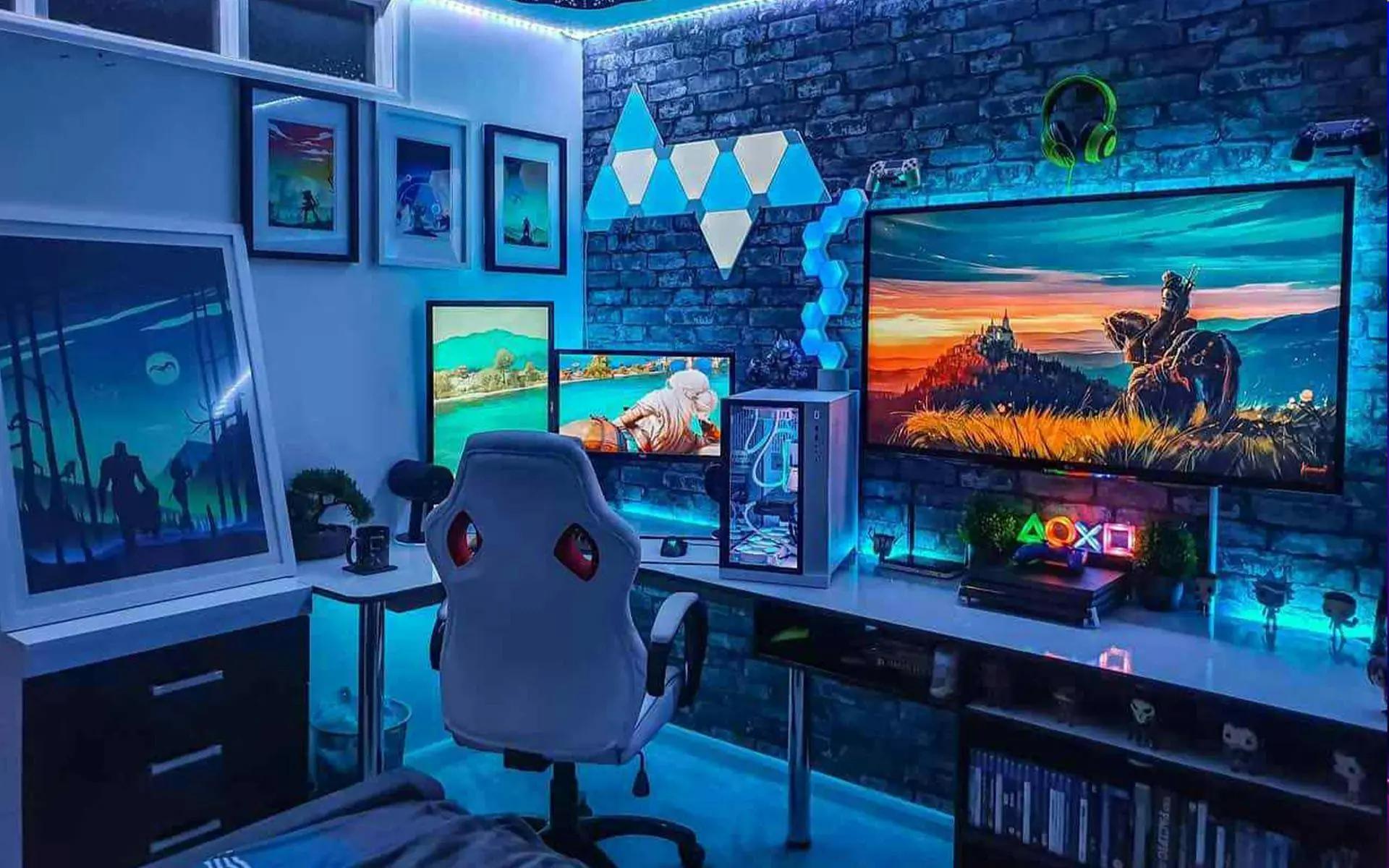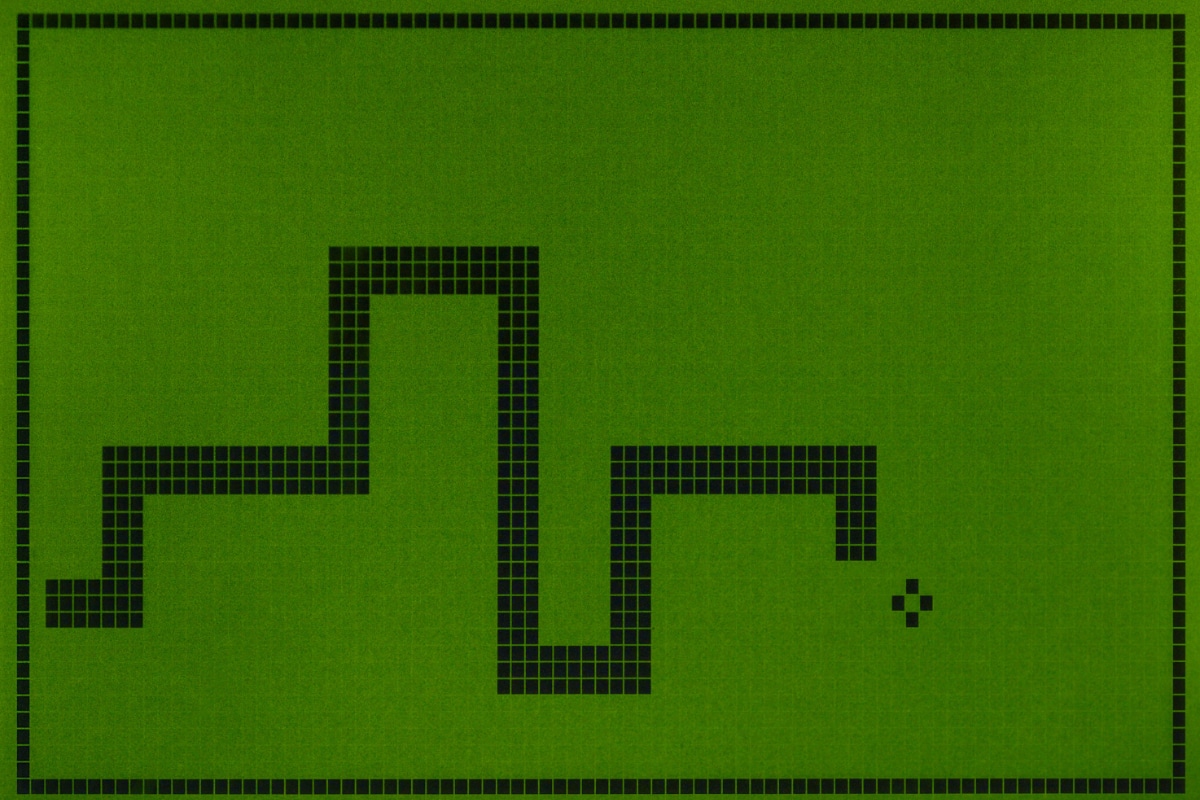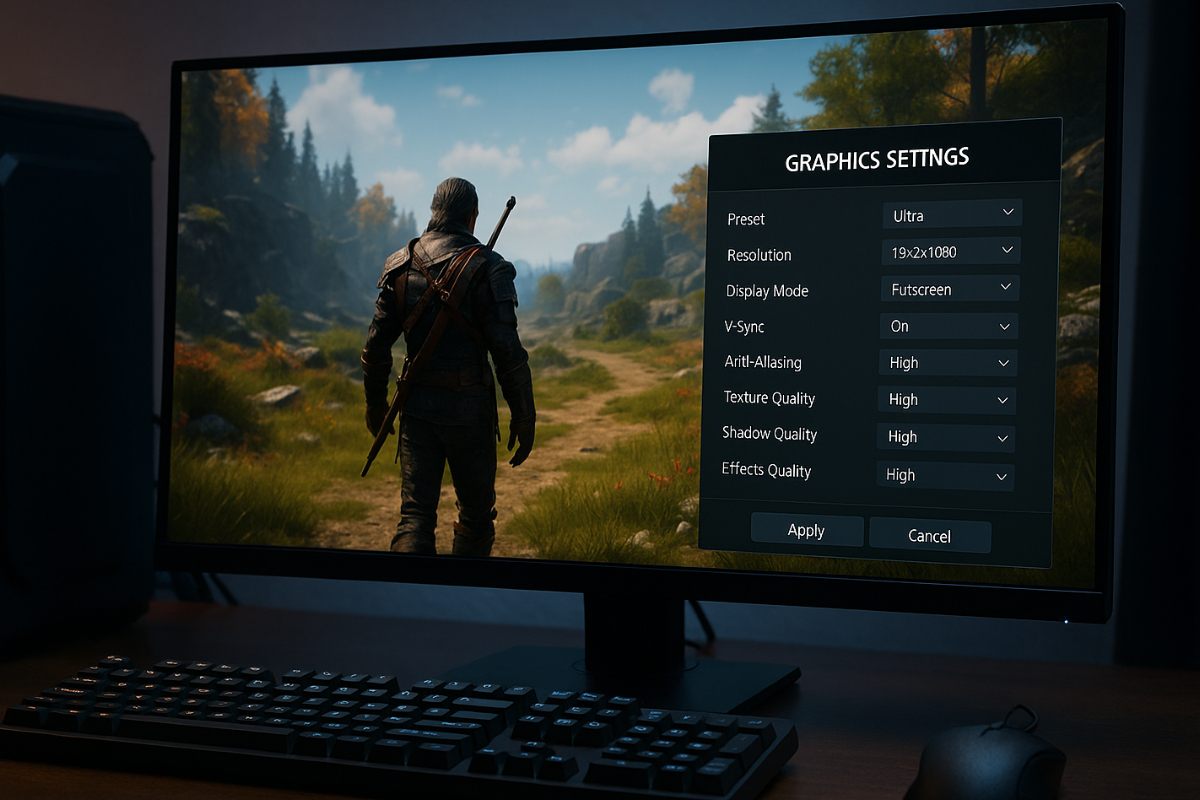Properly adjusting sensitivity settings is a crucial step for gamers who want to succeed and improve their control in games. It’s not just about being fast with character movements or precise with shooting, but also about enhancing your overall gaming experience. In every game, sensitivity has a significant impact on how you perform, making it essential to tailor it to your playstyle.
How Can Adjusting Sensitivity Settings Help?
In this article, we’ll discuss how you can adjust your game’s sensitivity settings to make your gameplay smoother and more controlled. We’ll also explore the factors that affect sensitivity and share tips and techniques to help you find the best sensitivity for your game.
Understanding Sensitivity Settings
Before we dive into how to adjust sensitivity settings, it’s important to first understand what they are and how they affect gameplay. Sensitivity settings refer to how quickly or slowly your character reacts to the movement of your controller, mouse, or touchscreen. The higher the sensitivity, the faster your character will respond to even slight movements of your input device. On the other hand, lower sensitivity means you need to make larger movements before your character’s position changes.
How Sensitivity Affects Gameplay
Sensitivity settings directly impact the accuracy of your movements as well as the speed of your reactions. In first-person shooter (FPS) games, for instance, the right sensitivity helps you become more accurate with shots and faster at adjusting your aim. If sensitivity is set too high, however, it may cause your crosshairs to move too much, making it difficult to focus. Conversely, if sensitivity is too low, your reaction time may be too slow for quick in-game situations.
Finding the Right Sensitivity for Your Game
Not all games require the same sensitivity settings. Each game has different aspects that should be considered to determine the proper adjustment that will help with your control.
Factors That Affect Sensitivity
Factors like the type of game, screen size, and even your physical ability to play can affect how comfortable you are with a particular sensitivity setting. For example, if you’re playing action-packed FPS games, you may need to adjust sensitivity to react quickly to enemies. In games like MMORPGs or RPGs, a lower sensitivity might be better for more controlled character movements.
How to Find the Right Sensitivity?
A good way to start is by setting default values and testing them in practice modes or training areas in the game. As you play, observe your performance—if you’re happy with your movements and aim, continue using the current sensitivity. If you’re struggling with quick targeting or feel like you don’t have enough control, adjust it slightly and try again.
Difference Between Sensitivity on Controller and Mouse
For PC gamers using a mouse, it’s also important to understand terms like DPI (dots per inch) and polling rate. DPI measures the sensitivity of the mouse, determining how quickly the cursor reacts to each of your movements. For console gamers, adjusting sensitivity on the controller depends on your needs, and it’s easier to do through the game’s built-in settings.
Techniques and Tips for Adjusting Sensitivity
Once you find the right sensitivity setting, it’s important to have the right approach to adjustments and practice. The following techniques and tips can help you improve control and achieve the best performance in each game. With simple steps, you can optimize your settings and adjust them according to your personal needs and playstyle.
Step-by-Step Guide to Adjusting Sensitivity
The first step is setting sensitivity to a default value— for example, starting at 50% in FPS games. Then, play and observe your performance. If you feel like you’re struggling to aim properly, try increasing it. If the character’s reaction feels too fast, try lowering it slightly. The key is to make gradual changes to find the most comfortable setting.
Recognizing Over-sensitivity and Under-sensitivity
When sensitivity is too high, your character will react quickly, but this can lead to erratic movements, causing you to aim or move in directions you can’t control. If sensitivity is too low, you’ll need to make larger movements to adjust. The ideal setting is to find a balance where your movements aren’t too fast or too slow.
Training and Experimenting
A great way to get used to your sensitivity is through regular practice. Most games offer training modes that can be used for adjustments. As you continue playing, monitor your performance and adjust sensitivity based on what you feel and the feedback from the game.
Using External Tools and Software
If you’re using a mouse, there are many software options that provide advanced tools for adjusting sensitivity settings, such as customization tools from gaming mouse manufacturers. For gaming controllers, newer models often come with built-in features that make it easier to fine-tune sensitivity.
Monitoring and Adjusting Sensitivity While Playing
As you play, always observe how you respond to situations and how your sensitivity settings affect your performance. If you notice that your aiming is always off or you can’t control your character’s movement, adjust it slightly and continue. There is no permanent sensitivity setting—each game has its own dynamics, and every gamer has a unique playstyle.
Pro gamers often change their sensitivity depending on the game or their current needs, so be prepared for continuous improvement and adjustments to your settings. The goal is always to find the most comfortable control for you.
Improving Control Through Sensitivity Customization Across Different Game Types
Sensitivity settings are not a “one-size-fits-all” solution, especially when playing different types of games. Each game genre has its own needs and dynamics, so the right sensitivity setting may vary depending on the game. Here are some examples of how to customize your sensitivity for different games:
FPS (First-Person Shooter) Games
In FPS games like Call of Duty, Overwatch, and Apex Legends, accurate aiming and quick reactions are key to success. Here, sensitivity usually needs to be set to medium to high, depending on your comfort level. Higher sensitivity allows for quick targeting of enemies, especially when aiming at moving targets. However, avoid setting sensitivity too high, as it may result in excessive movement of the crosshair, leading to mistakes.
In games like CS:GO, lower sensitivity is preferred to have more controlled movements, which are important for small adjustments in aiming. Professional gamers typically use a DPI of 400-800, with sensitivity settings lower than 2.
MOBA (Multiplayer Online Battle Arena) Games
In MOBA games like League of Legends or Dota 2, sensitivity is not as critical as in FPS games, but it still impacts performance, especially in team fights and map navigation. MOBA players commonly use medium sensitivity to maintain control while playing and move quickly from one part of the map to another. Adjusting sensitivity for the use of various skills and abilities is important so that movements aren’t erratic or hard to execute.
RPG (Role-Playing Games)
In RPG games like The Witcher 3 or Final Fantasy XV, sensitivity settings aren’t as crucial as in FPS or MOBA games. The focus is more on movement in an open world rather than fast-paced action. Therefore, lower sensitivity is better for more controlled movement while exploring and fighting enemies. In these games, adjusting sensitivity can also help with navigation and interacting with NPCs or managing your inventory.
Sports Games
In sports games like FIFA, NBA 2K, or Madden NFL, sensitivity settings focus on improving control over athletes and their movements. The right sensitivity helps in executing quick dribbling, passing, and shooting. In sports games, sensitivity is generally set higher than in other genres due to the fast movements and rapid reactions required. However, setting it too high may lead to inaccurate control, so medium-high sensitivity is usually optimal.
Racing Games
In racing games like Need for Speed and Gran Turismo, sensitivity relates to steering control and car handling. Higher sensitivity is often better for quick turns, but avoid setting it too high to prevent difficulty in controlling the vehicle on sharp turns or steep roads. Adjustments vary based on comfort and game type, so experiment to find the setting that gives you the best driving experience.
Strategy Games
In strategy games like StarCraft II and Civilization VI, sensitivity affects cursor speed and planning your moves. Lower sensitivity is usually more comfortable in these games, as it provides better control over managing your base and units. Accurate pointer movement is essential to avoid mistakes in building or controlling units. However, you can increase sensitivity if fast movements are necessary, especially in real-time strategy games.
How Proper Sensitivity Can Enhance Your Game
Adjusting sensitivity settings is a process of experimentation and practice. You won’t always get the perfect settings on your first try, so don’t give up. With the right sensitivity, your gaming experience will be smoother and more controlled. In every game, make sure your sensitivity settings are aligned with your style and needs for the best gameplay experience.



